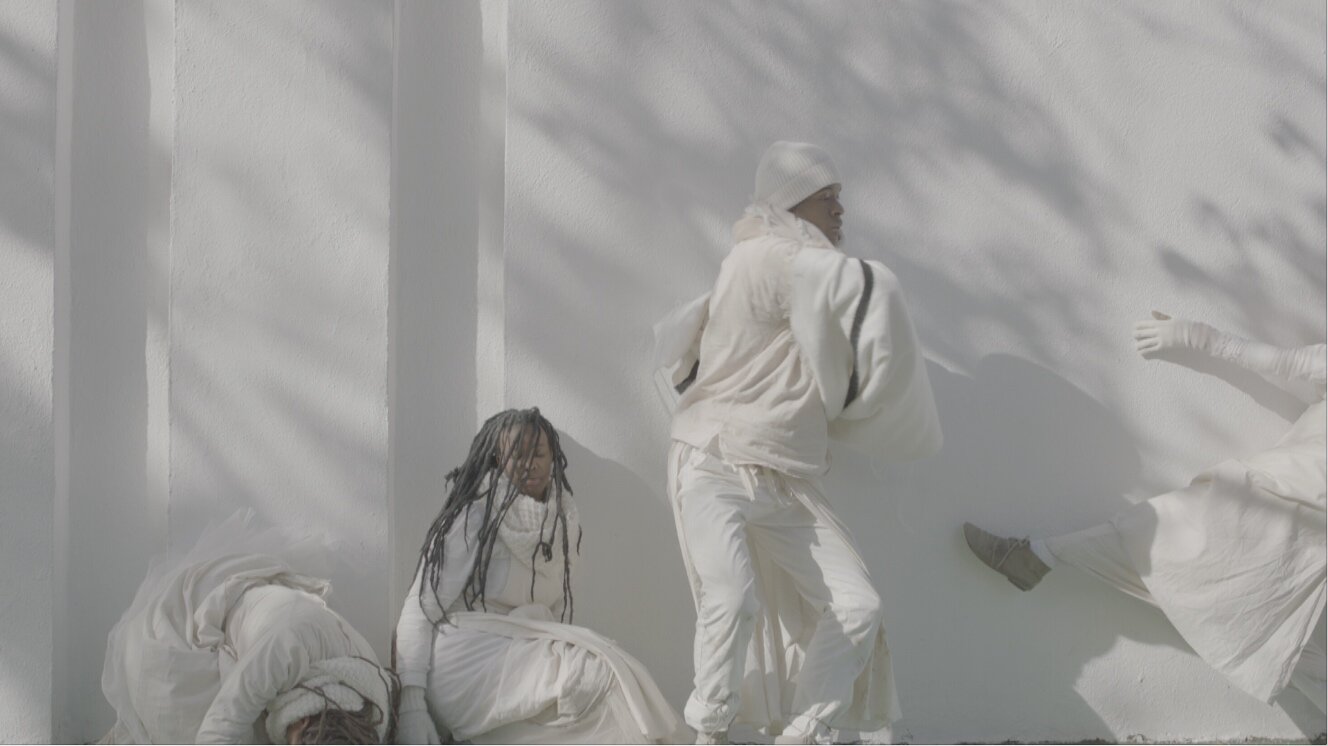



















ZION attempts to draw parallels in the experience of displacement within the context of South Africa’s
history of racial segregation and forced removals
within the global climate of mass migration. The work
is focused on visualizing the universal anxiety caused
by the resurgence of racist and xenophobic rhetoric
in parts of Europe and the United States.
In a time of extreme poverty, political conflict,
violence and human rights abuses, people all over the
world are being forced to seek new lives elsewhere. In
this atmosphere of forced migration, which has seen
people uprooted from the countries of their birth and
forced to move to other parts of the world by land
and sea, established notions of home, nationhood,
citizenship, and personal identity have become
unsettled. The work deals with the consequences of
political policies in South Africa such as the Group
Areas Act, which was created by the apartheid
government of South Africa, and assigned racial
groups to different residential and business sections
in urban areas. An effect of the law was to prevent
nonwhites from living in the most developed areas.
The law led to the forced removal of nonwhites from
homes located in areas designated for whites
In the American context, a similar parallel exists
in the form of the dispossession and removal of a
predominantly African-American settlement in New
York City known as the Seneca village, which was
demolished to develop Central Park in the affluent
borough of Manhattan. Established in 1825 by the
1830s Seneca Village was one of the City’s bestknown African American communities. By the 1850s
Seneca Village — which had three churches, a school,
and its own burial grounds — was an integrated
community of almost 60 households. Most of the
dwellings were inhabited by free black families, more
than half of whom owned their own property, though
Work
Irish and German immigrants moved in later to make
it one of the most stable integrated communities of the
early 19th century.
The performance takes the form of a procession that
will travel in three parts stopping at several historically
significant landmarks along the route that make
connections between the removal of the community
at Seneca Village and the establishment of black
communities in Harlem.
With this in mind, the first chapter commences from
Mother AME Zion Church in Harlem - the first AfricanAmerican congregation in New York City. The route
will run along Adam-Clayton Powell Jr Avenue, Martin
Luther King Boulevard, passing the Hotel Theresa
Building and ending in front of a brownstone house
on W126th Street.
The second chapter commences on the steps of the
Metropolitan Museum and proceeds to Summit Rock
in Central Park, which is located just north of the site
once occupied by the 19th century community of
Seneca Village.
The third and final phase of the performance will
take place in Time Square, proceeding along 42nd
Street to the Broadway Plaza between 42nd and 43rd
Streets for a choreographed performance, before
exiting along 43rd Street. The combination of the
procession and site-specific performance represents a
balance between journey and destination, transience
and settlement, wandering and being home.
